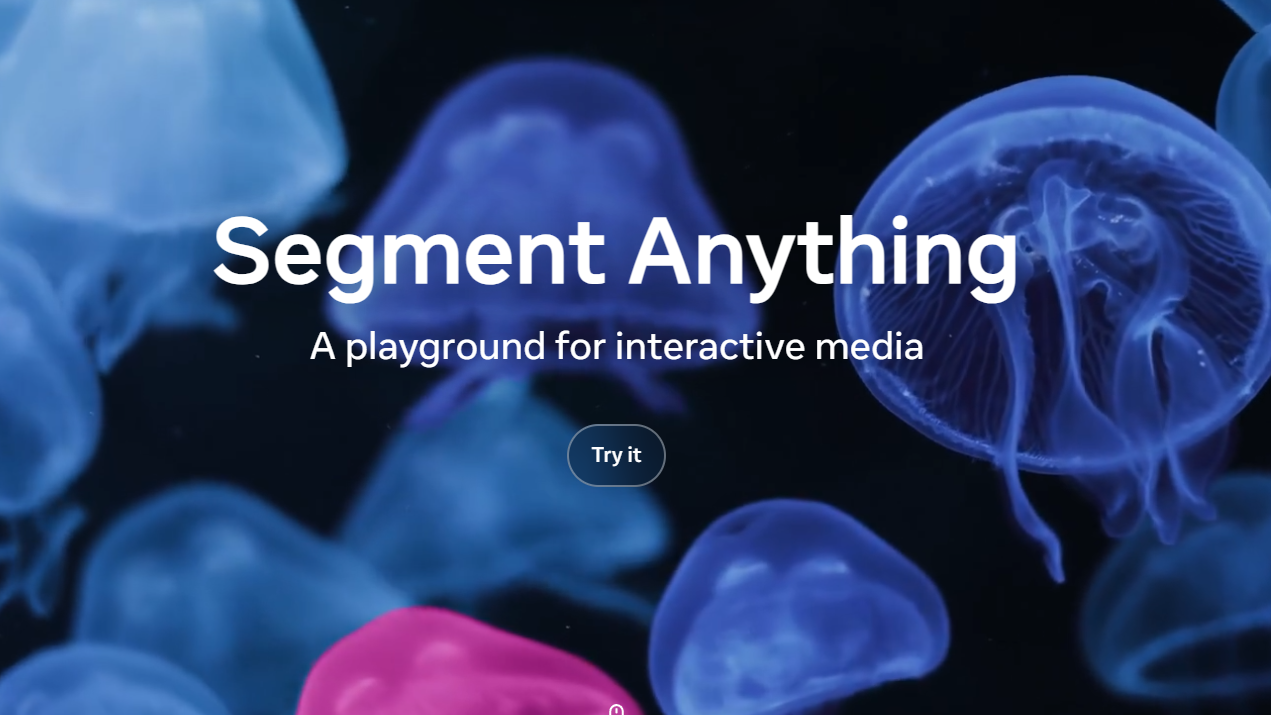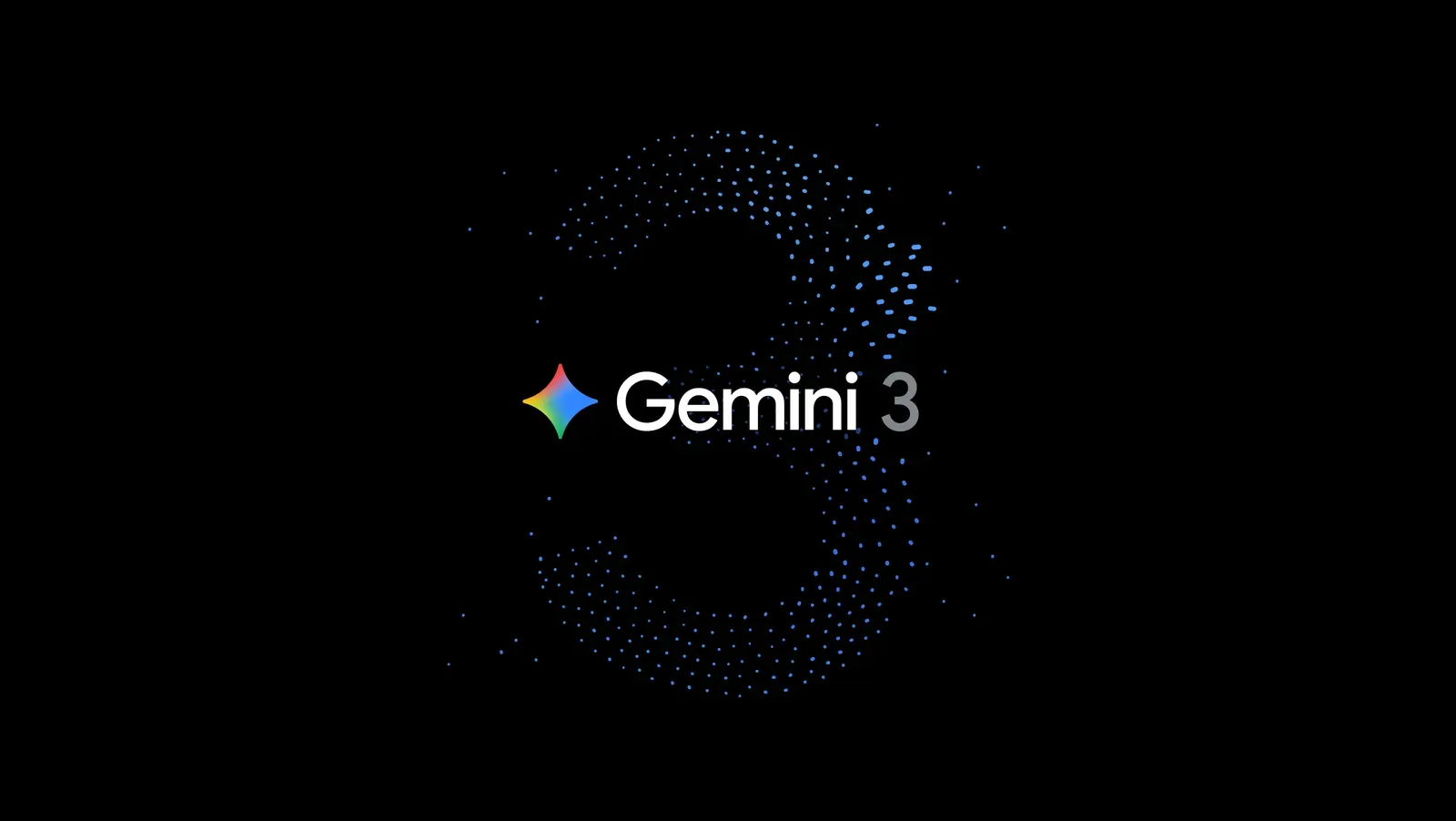Imagine you're navigating a new app. The onboarding is seamless, the interface intuitive, and you're impressed. But just as you're about to complete a task, the app crashes. Despite the earlier positive experience, this final hiccup leaves a sour taste. This scenario exemplifies the Peak-End Rule, a psychological principle suggesting that people judge experiences largely based on how they felt at the most intense point (the peak) and at the end, rather than the total sum of every moment.
Understanding the Peak-End Rule
Coined by psychologists Daniel Kahneman and Barbara Fredrickson, the Peak-End Rule posits that our memories of experiences are disproportionately influenced by two moments:
- The Peak: The most emotionally intense point.
- The End: The final part of the experience.
This means that even if an experience is mostly positive, a negative peak or ending can overshadow the overall perception. This principle is closely related to how our memory works and how we process sequences of information.
Real-World Applications in UX
1. Mailchimp's Send Button
Mailchimp transforms the anxiety of sending a campaign into a memorable moment. Their mascot, Freddie, hesitates with a sweaty finger over the send button, mirroring the user's apprehension. Upon sending, a high-five animation celebrates the action, ensuring a positive end.
2. Duolingo's Gamified Learning
Duolingo keeps users engaged by celebrating small victories. Completing lessons triggers animations and rewards, creating emotional peaks. The session ends with a summary of achievements, reinforcing a positive conclusion. The motivation driven by progress is a core element here.
3. Asana's Celebratory Creatures
Asana adds delight to task completion by occasionally displaying mythical creatures flying across the screen. This unexpected celebration marks a peak, making mundane tasks feel rewarding and memorable due to their distinctiveness (Von Restorff Effect).
4. Netflix's Seamless Transitions
After an episode ends, Netflix's countdown to the next episode creates anticipation, ensuring the end of one experience smoothly transitions into the next, maintaining engagement. This seamless transition helps reduce perceived waiting time and friction.
Pros and Cons of Leveraging the Peak-End Rule
✅ Pros:
- Enhanced User Retention: Positive peaks and endings can increase the likelihood of users returning.
- Improved Brand Perception: Memorable experiences foster positive associations with the brand.
- Emotional Engagement: Tapping into users' emotions can deepen their connection to the product.
❌ Cons:
- Overemphasis on Peaks: Focusing too much on creating peaks can neglect the overall user experience.
- Potential for Manipulation: Artificially inducing emotional highs may feel inauthentic to users.
- Neglecting Negative Ends: Failing to address issues at the end of an experience can leave lasting negative impressions. Effective Error Handling is crucial here.
When to Use the Peak-End Rule
- Onboarding Processes: Ensure the initial experience is engaging and concludes positively. Consider how to reduce cognitive load during this critical first interaction.
- Task Completion: Celebrate user achievements to create emotional peaks, leveraging the Goal Gradient Effect to reinforce motivation.
- Error Handling: Design error messages that are helpful and reassuring, turning potential negatives into positives, in line with Postel's Law.
When Not to Rely Solely on the Peak-End Rule
- Complex Workflows: In experiences requiring sustained engagement, focusing only on peaks and ends may neglect the importance of a consistent experience and managing cognitive load throughout. Structuring information effectively using chunking is also vital here.
- Critical Applications: In contexts like healthcare or finance, authenticity and reliability are paramount; overemphasis on emotional peaks may undermine trust. Users rely on established mental models in such contexts.
Further Reading
- Laws of UX: Peak-End Rule
- Incorporating the Peak-End Rule in Digital Product Design
- Designing for Lasting Impressions: The Peak-End Rule
Final Thoughts
The Peak-End Rule underscores the importance of designing experiences that resonate emotionally at critical moments. By thoughtfully crafting the most intense and final moments of user interaction, designers can leave lasting positive impressions.(Laws of UX)
Remember, while it's beneficial to create memorable peaks and endings, the overall journey should not be neglected. A consistent, user-centered approach ensures that every interaction contributes positively to the user's perception, building strong mental models and reducing cognitive load. Designing for reliability and helpful error handling throughout the process is key to fostering trust.
















